Have you ever wondered how a well-planned upgrade could breathe new life into your Pleasant Hill property? I know the desire to see your home not only reflect your style, but also stand as a wise investment. Whether you’re living in it, renting it out, or considering selling in the near future, making the right improvement choices can feel overwhelming. What actually adds value here? How do you strike a balance between comfort and return on investment?
In my experience, the journey to an upgraded property starts with understanding your home’s strengths and potential. Let’s walk through what makes a successful Pleasant Hill property upgrade, and how you can approach it with confidence, creativity, and clear budgeting.
Key Takeaways
- A successful Pleasant Hill property upgrade starts with a thorough assessment of your home’s strengths and areas needing improvement.
- Prioritize property upgrades that deliver the best return, such as kitchen remodels, bathroom updates, and curb appeal enhancements.
- Planning a clear budget with a 10-15% buffer helps avoid overspending and ensures smoother project execution.
- Sustainable and smart home improvements like energy-efficient windows, smart thermostats, and drought-resistant landscaping increase both value and marketability.
- Hiring qualified local professionals or experienced property managers in Pleasant Hill can streamline your upgrade process and boost investment returns.
- Strategically chosen upgrades, aligned with current Pleasant Hill buyer and tenant preferences, maximize your property’s long-term financial performance.
Assessing Your Pleasant Hill Property’s Upgrade Potential
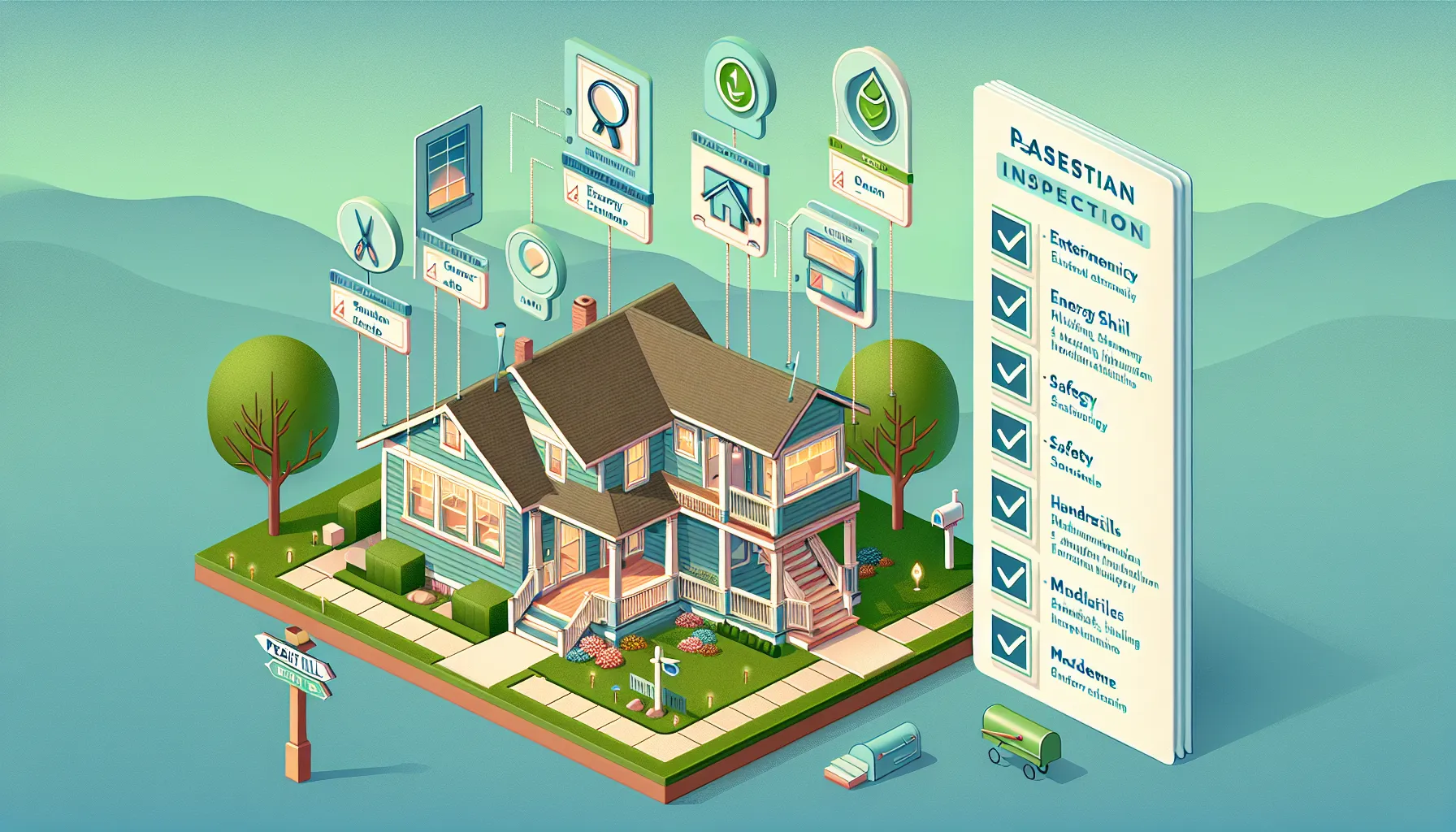
Before diving into big changes, I always advise starting with a detailed look at your property. I take time to walk through each room, noting features that already work and identifying areas that need improvement. This includes checking structural elements, reviewing curb appeal, and evaluating heating, cooling, and plumbing systems.
A simple checklist helps guide my process:
- Inspect windows and doors for energy efficiency
- Review flooring, walls, and ceilings for age and condition
- Evaluate kitchen and bathroom fixtures for style and functionality
- Check for necessary safety upgrades, like handrails or better lighting
If you’re not sure how your home stacks up, you might consider a professional appraisal or a consultation from a trusted contractor. It’s an investment that often pays off by highlighting unseen problems or hidden potential. Sometimes, a second set of eyes spots value-boosting projects you hadn’t thought of, like opening space in the living area, or refreshing landscaping for stronger first impressions.
Popular Upgrade Projects for Pleasant Hill Homes
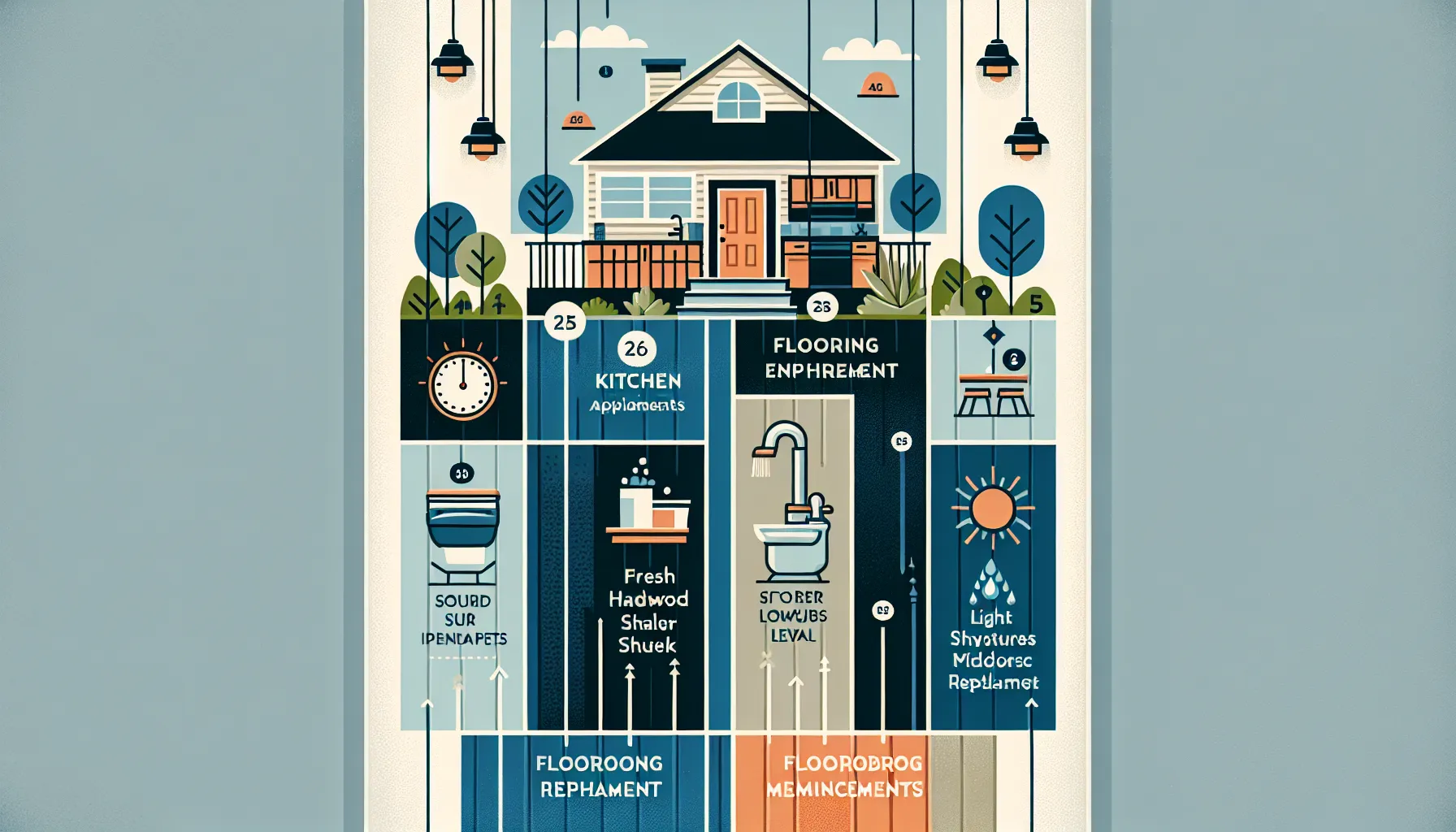
Once I know where upgrades are most needed, I focus on changes that consistently deliver results for Pleasant Hill homeowners. Over time, here’s what I’ve seen work particularly well:
- Kitchen Remodels: Upgrading appliances, adding stone countertops, or swapping cabinet doors can dramatically improve daily living and resale value.
- Bathroom Updates: Modern tile, fresh fixtures, and water-saving toilets make a home feel refreshed with minimal effort.
- Curb Appeal Boosts: New paint, improved landscaping, and updated lighting frequently provide a welcoming look that draws buyers, or happy tenants.
- Flooring Improvements: Replacing old carpet with hardwood or luxury vinyl planks isn’t just about aesthetics: it’s also easier to keep clean and more durable for rentals.
- Outdoor Living Enhancements: In Pleasant Hill’s beautiful climate, decks and patios extend usable space and attract high-quality tenants.
Have you considered smaller fixes? Sometimes, switching out outdated light fixtures or installing new window coverings offers that fresh feeling without a major renovation bill. The right combination depends on your goals and your property’s target renters or buyers.
Planning and Budgeting for Your Home Upgrade
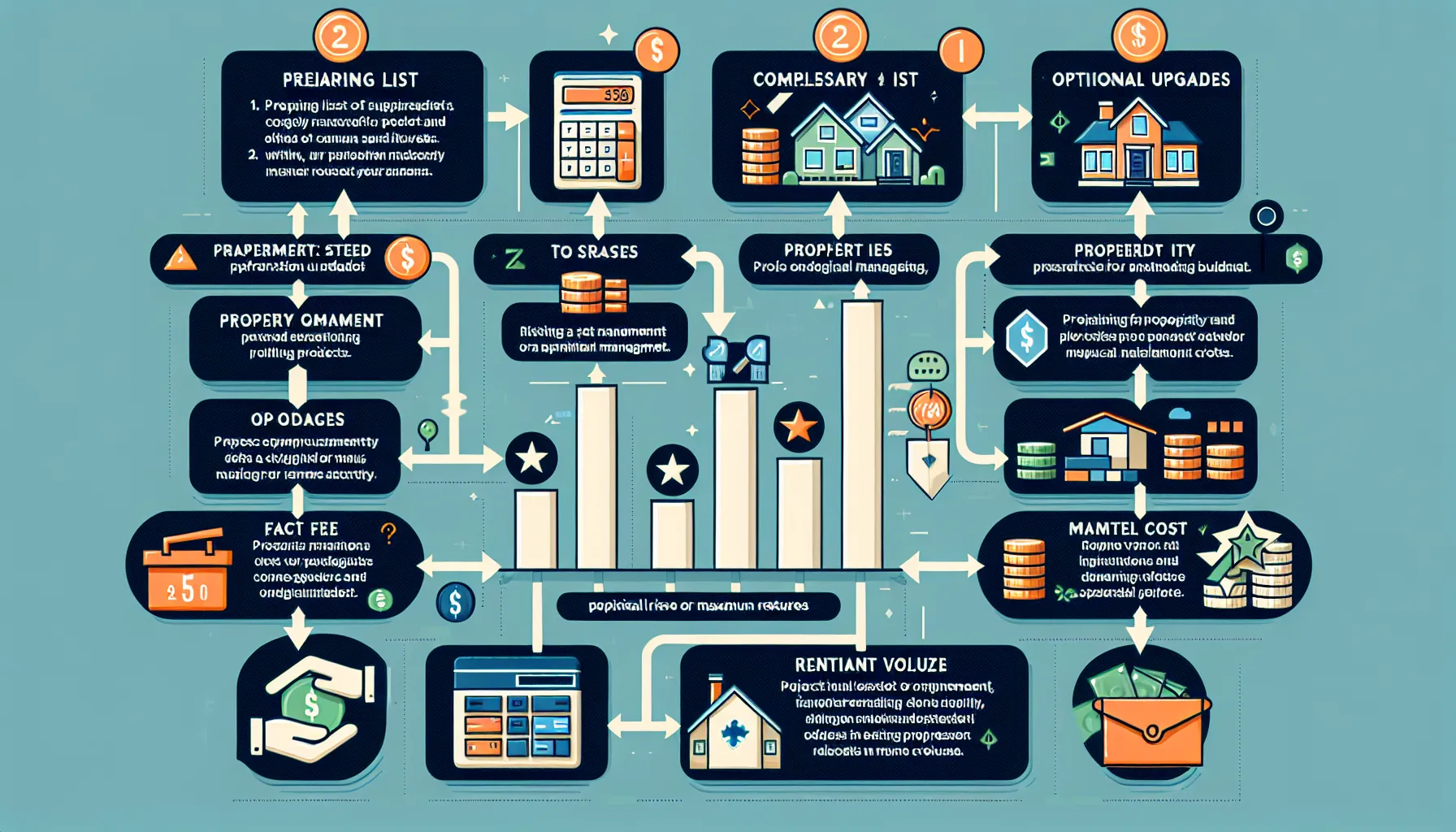
Budgeting is where I see most property owners get tripped up, but a precise plan helps me stay on track and avoid unpleasant surprises. Start by making a list of must-do projects and nice-to-have upgrades, then research the average costs in Pleasant Hill. Local contractors and online estimators can give you a realistic range.
Here’s my typical process:
- Prioritize upgrades with the best return
- Set a firm maximum budget for each category
- Leave a 10-15% buffer for the unexpected (because something nearly always comes up)
Some property management packages in this area offer help overseeing upgrades and repairs, sometimes charging a percentage of project costs or flat administration fees. For example, a 7.5% project management fee, plus fixed costs for things like insurance claims or marketing. Considering professional help can make sense if you’re managing multiple properties or need a true hands-off approach.
Don’t forget to factor in the potential for higher rent or resale price, which can help offset your initial investment over time.
Sustainable and Smart Home Improvements
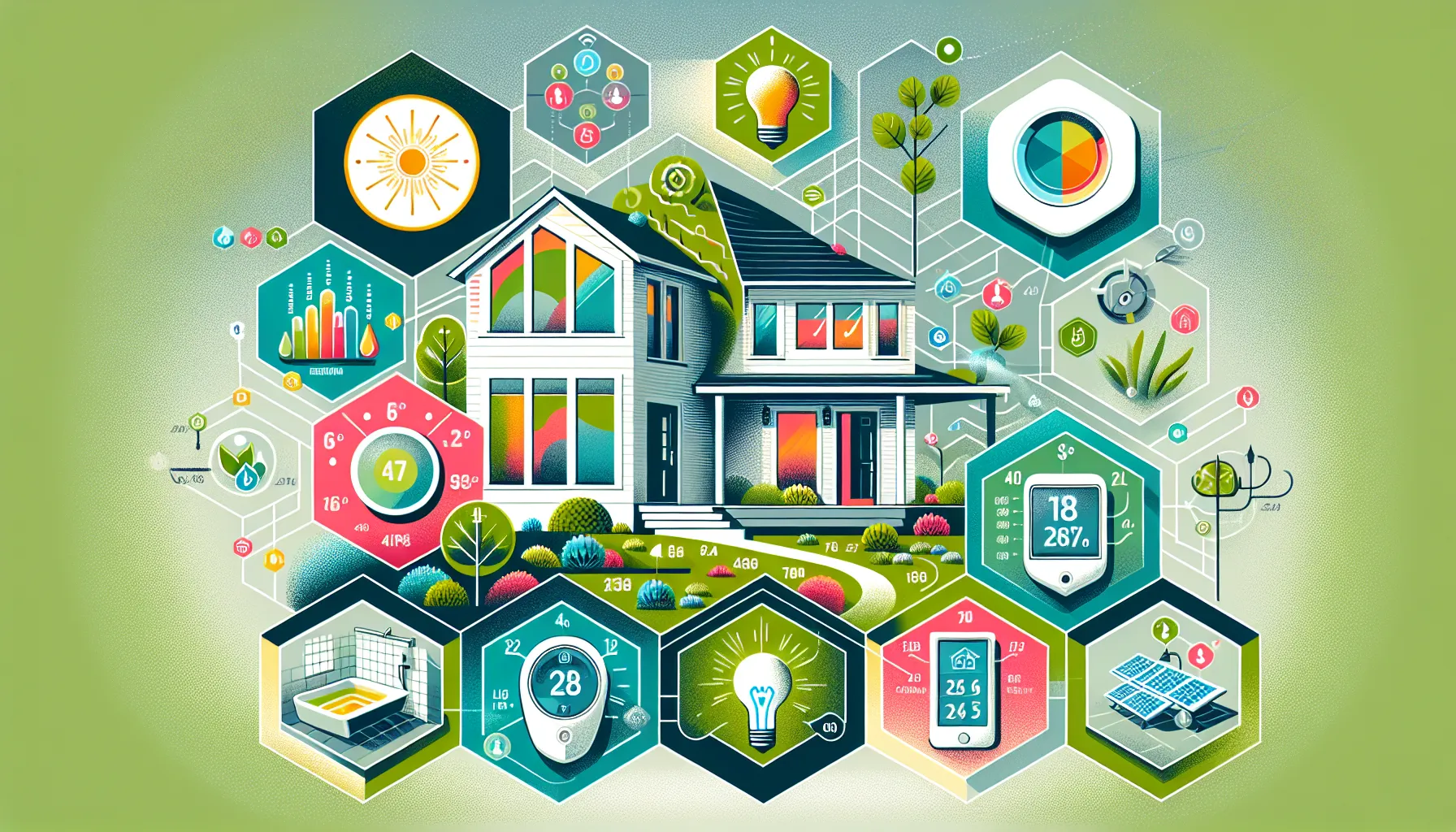
I’ve noticed a rising demand for upgrades that make homes both more eco-friendly and more efficient. Thinking beyond comfort, I like to ask: What makes daily living easier, and what reduces utility bills in the long run?
Some of my favorite sustainable upgrades include:
- Energy-efficient windows and doors
- Smart thermostats and automated lighting controls
- Low-flow toilets and faucets in bathrooms
- Solar panel installation, if roof orientation allows
- Drought-resistant landscaping
Smart home features, like security cameras or remote-controlled climate systems, can really set a Pleasant Hill property apart in the rental or resale market. Not only do these improve quality of life for residents, but they often attract tenants or buyers willing to pay a premium for comfort and peace of mind.
Remember, every investment in sustainability is also an investment in the future marketability of your property.
Choosing Qualified Professionals in Pleasant Hill
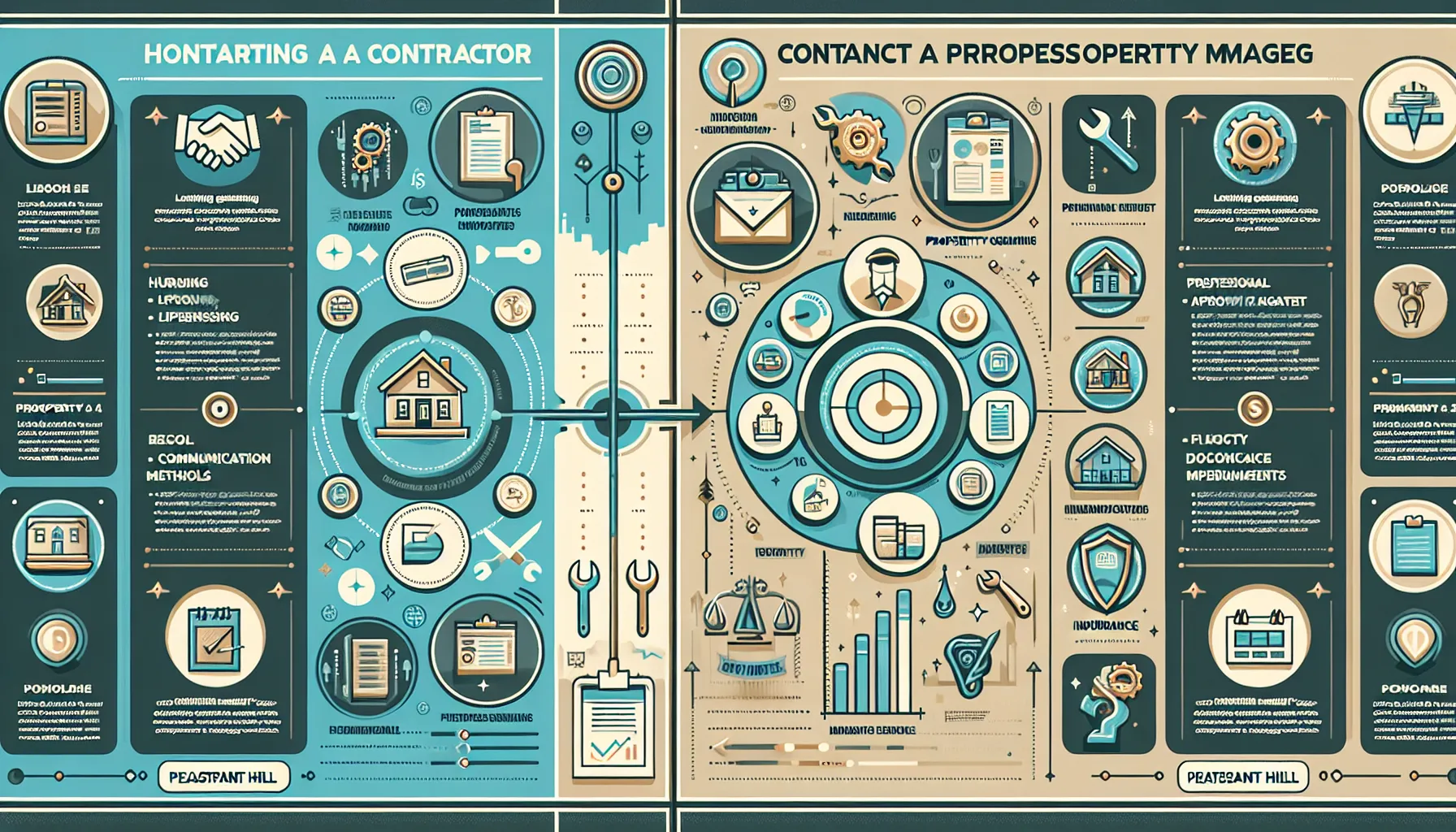
Selecting the right people for your upgrade project matters just as much as choosing what to improve. My approach is to source recommendations from friends, online reviews, and trusted neighbors.
When I interview contractors or property managers, these questions are top of mind:
- Are they licensed and insured locally?
- Can they show a portfolio of recently completed projects in Pleasant Hill?
- How do they communicate throughout the project, email, phone, on-site visits?
- Do they offer transparent estimates with clear timelines?
If you own several properties or live outside the area, professional property managers often handle everything from coordinating upgrades to marketing finished units. Some charge a flat set-up fee, a leasing fee for new tenants, and a percentage of monthly rents (often between 6.5-8%). Depending on the package, services might include marketing on major platforms, overseeing insurance claims, or even annual maintenance checks for a predictable fee. This peace of mind allows me to focus on other priorities without worrying about headaches from distance or busy schedules.
Maximizing Return on Investment With Strategic Upgrades
Not every home improvement pays off equally. I always aim for a strategy where each dollar spent earns me back two, or at least comes close. Understanding your goals sets the tone. If the plan is to sell soon, focus on upgrades that boost curb appeal and neutral, high-quality finishes. For holding as a rental, look for durable materials and low-maintenance features that attract long-term tenants.
Here are a few ways I optimize returns:
- Track local trends. Recently, buyers in Pleasant Hill value energy efficiency and open-concept living spaces.
- Stick with mid-range upgrades in kitchens and baths. Lavish remodels rarely return dollar-for-dollar in a midmarket neighborhood.
- Don’t overlook minor fixes. Fresh paint, landscaping, and minor repairs can sometimes yield the biggest percentage gains at sale.
- Calculate projected gains. For rentals, I estimate how an upgrade could raise monthly rent, then balance that with up-front costs and expected lifespan of the change.
My best advice? Rely on data and keep your property’s core strengths in mind. That way, every upgrade becomes part of a plan, not just a reaction to trends that might fizzle out.
Conclusion
Transforming your Pleasant Hill property is more than a checklist, it’s a series of well-considered decisions that blend comfort, value, and vision for the future. Whether you decide to tackle a few upgrades on your own or work with experienced professionals, every improvement has the potential to enhance your property’s appeal and financial performance.
Have you pinpointed which project will make the biggest difference for you? If you’re unsure where to start, begin with an assessment and set your priorities. I find the best results come from upgrades rooted in your long-term plan, balanced with quality, practicality, and a healthy respect for your budget.
Ready to take the next step? Your Pleasant Hill property upgrade may be the smartest move you make this year.
Frequently Asked Questions about Pleasant Hill Property Upgrades
What are the most valuable upgrades for a Pleasant Hill property?
The most valuable Pleasant Hill property upgrades include kitchen remodels, bathroom updates, enhanced curb appeal, new flooring, and outdoor living enhancements. These projects typically yield high returns by increasing both daily comfort and market value.
How can I assess my Pleasant Hill property’s upgrade potential?
Begin by inspecting your property thoroughly: review structural elements, examine windows and doors for energy efficiency, and check kitchens and bathrooms for outdated fixtures. Consulting with a professional appraiser or contractor can reveal hidden issues or opportunities for high-impact improvements.
What sustainable upgrades are popular in Pleasant Hill homes?
Popular sustainable upgrades in Pleasant Hill include installing energy-efficient windows and doors, smart thermostats, low-flow plumbing fixtures, solar panels, and drought-resistant landscaping. These improvements can lower utility bills and attract buyers or renters seeking eco-friendly features.
How do I budget for a property upgrade in Pleasant Hill?
Start by listing must-do and nice-to-have projects, then research local costs using contractor quotes or online estimators. Prioritize high-ROI upgrades, set maximum budgets per category, and include a 10–15% buffer for unexpected expenses. Factor in future rent or resale gains to offset costs.
Should I hire a property manager for Pleasant Hill upgrades?
Hiring a property manager can be worthwhile if you own multiple Pleasant Hill properties or live out of town. They handle contractor coordination, project oversight, and even marketing of upgraded units, typically charging between 6.5–8% of rental income or a project fee.
How do Pleasant Hill property upgrades increase rental or resale value?
Upgrades improve functionality, comfort, and curb appeal, which attracts quality tenants and buyers willing to pay more. Strategic improvements like updated kitchens, energy-efficient features, and appealing outdoor spaces can raise rental rates or sale prices, maximizing your property’s return on investment.
